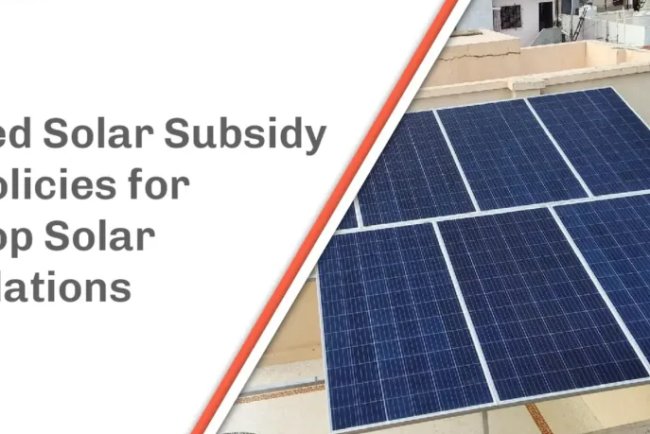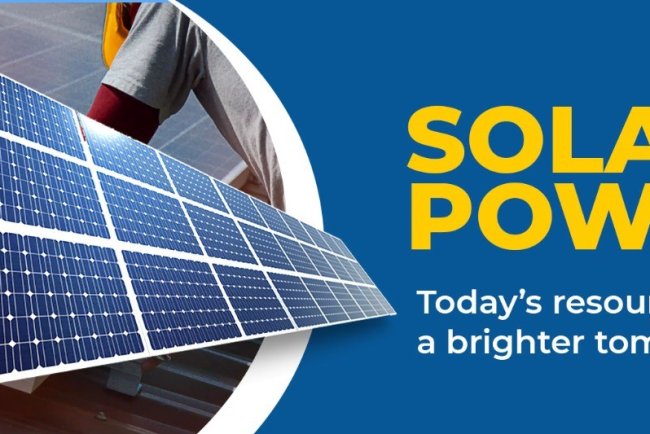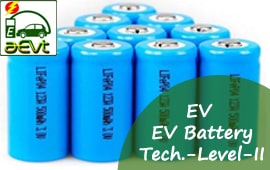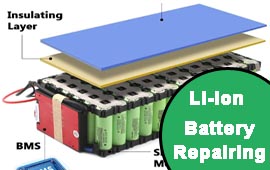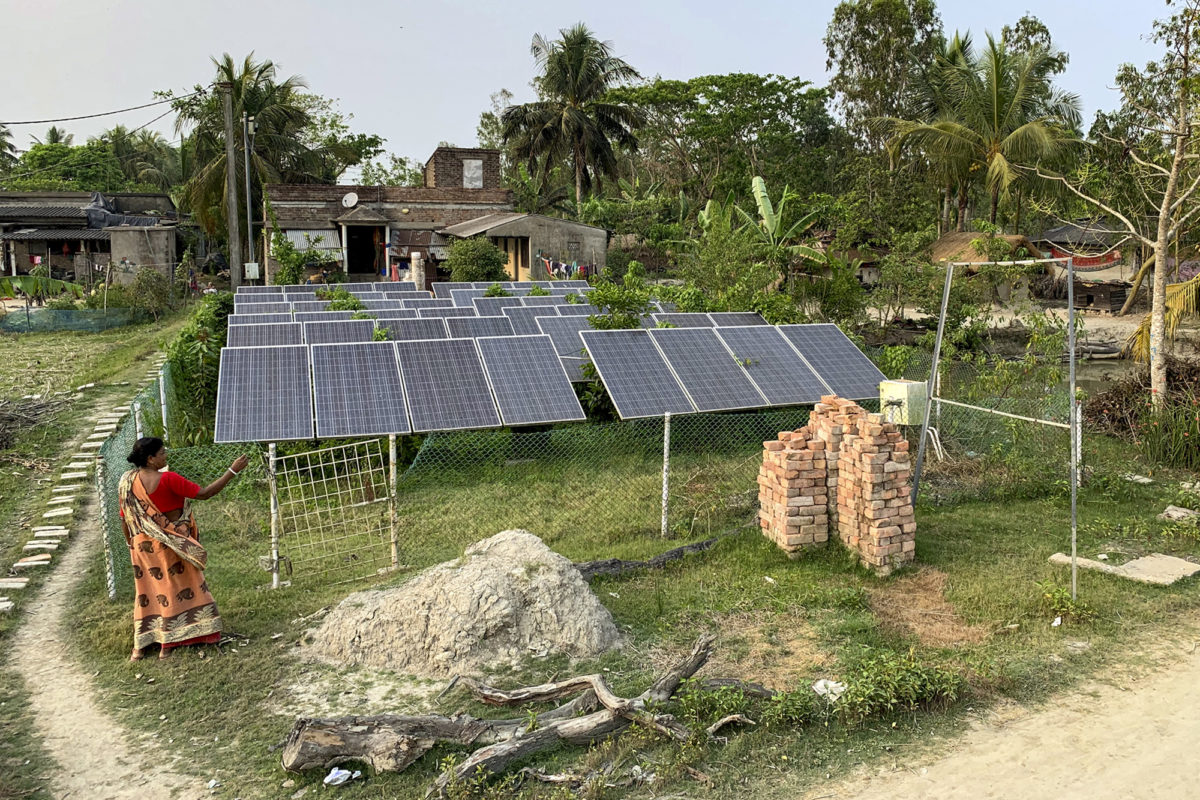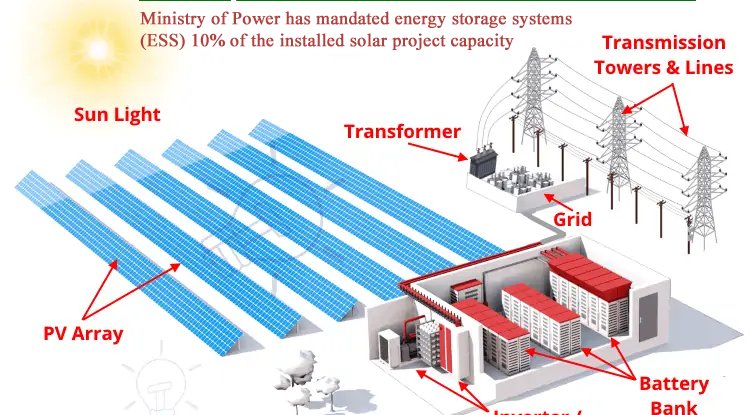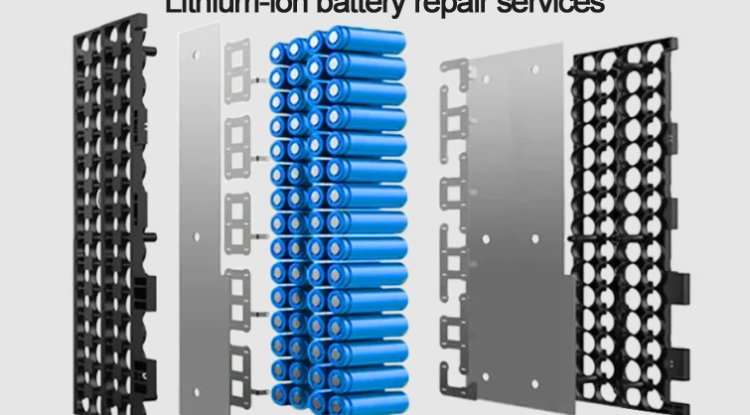Budget 2025 for Energy Sector
PR Newswire: By fostering domestic value addition in solar PV cells, EV batteries, motors, controllers, electrolyzers, wind turbines, high-voltage transmission equipment, and grid-scale batteries, the budget strengthens India’s clean energy ecosystem. The inclusion of 35 additional capital goods for EV battery manufacturing is a significant boost to domestic lithium-ion battery production, a critical component for the EV sector.
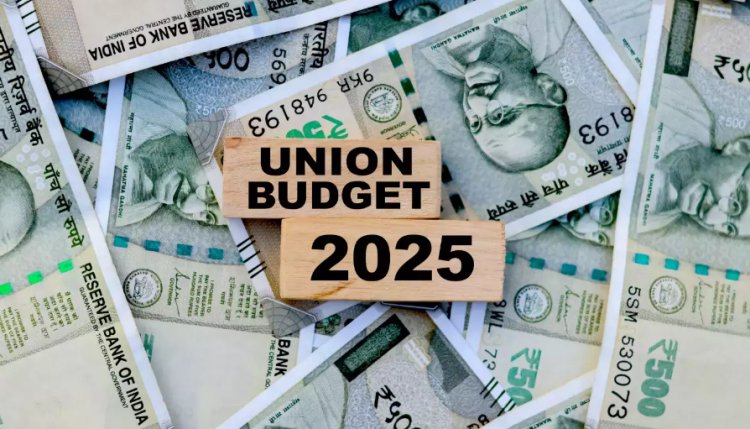
Budget 2025 Highlights
National Manufacturing Mission announced for EV, solar, and grid equipment
In a push to strengthen domestic manufacturing and reduce import dependence critical sectors, Finance Minister Nirmala Sitharaman announced the launch of th National Manufacturing Mission while presenting the Union Budget 2025-26.Govt exempts duty on cobalt, lithium-ion battery waste, and 12 critical minerals -
Finance Minister Nirmala Sitharaman announced full exemption of Basic Customs Duty (BCD) on cobalt powder, lithium-ion battery waste, lead, zinc, and 12 other critical minerals while presenting the Union Budget 2025-26.She said, “To the list of exempted capital goods, I propose to add 35 additional capital goods for EV battery manufacturing and 28 additional capital goods for mobile phone battery manufacturing. This will boost the domestic manufacture of lithium-ion batteries both for mobile phones and for electric vehicles.”
The Govt. of India's initiative will have a double impact. Firstly, it will enhance India's self-reliance in solar cell production, aligning with the government's vision of Atmanirbhar Bharat.
The proposed National Manufacturing Mission, with its focus on "Make in India" and clean tech manufacturing, including solar PV cells, EV batteries, and other key components, signals a strong commitment to sustainable industrial development, he opined.
Renewable energy jumps 53%
The Union Budget 2025-26 on February 1 allocated Rs 26,549.38 crore to the Ministry of New and Renewable Energy, up 53.48% against Revised Estimates of Rs 17,298.44 crore a year ago. The government allocated Rs 24,224.36 crore out of the amount towards solar energy. This includes Rs 1,500 crore towards solar power (grid), Rs 2,600 crore towards Kisan Urja Suraksha evam Utthaan Mahabhiyan (KUSUM) and Rs 20,000 crore towards PM Surya Ghar Muft Bijli Yojana.
Rooftop solar plan gets big push
The government's flagship rooftop solar scheme — the PM Surya Ghar: Muft Bijli Yojana — got Rs 20,000 crore, up by 80 percent from Rs 11,100 crore (revised estimate).
The PM-KUSUM scheme (Pradhan Mantri Kisan Urja Suraksha evam Utthan Mahabhiyan) got Rs 2,600 crore, against Rs 2,525 crore (RE) in FY 25.
PM-KUSUM is one of the largest initiatives in the world to provide clean energy to more than 35 lakhs farmers by solarising their agriculture pumps.
The initiative is expected to be a game-changer for leading solar PV manufacturers such as Premier Energies, Waaree Energies, and Adani Enterprises, boosting domestic production capabilities and reducing import dependencies. Additionally, battery manufacturing giants like Amara Raja Batteries, HBL Power Systems, and Exide Industries stand to gain from the mission’s focus on strengthening the country’s energy storage infrastructure.
The National Green Hydrogen Mission (NGHM) received Rs 600 crore, compared to Rs 300 crore (RE) in FY25.
The government approved NGHM on January 4 2023, hoping to become a leading producer and exporter of green hydrogen by hitting an annual production of 5 million metric tons (MMT) by 2030.

EVs Major customs duty changes in Budget 2025
The Union Budget 2025-26 has proposed several exemptions under Basic Customs Duty (BCD) to rationalise tariff structures, boost domestic manufacturing, and provide relief to consumers.
Electronics and lithium-ion batteries
As part of the government’s ‘Make in India’ initiative and efforts to correct the inverted duty structure, the BCD on interactive flat panel displays (IFPDs) has been increased from 10% to 20%, while it has been reduced to 5% on open cells and other components.
A total of 35 additional capital goods for electric vehicle (EV) battery manufacturing and 28 capital goods for mobile phone battery manufacturing have been added to the exemption list.
A total of 35 additional capital goods for electric vehicle (EV) battery manufacturing and 28 capital goods for mobile phone battery manufacturing have been added to the exemption list.
Duty Cuts on Solar Cells and Modules
The Budget introduced revisions to customs duties on solar cells and modules. The duty on solar cells has been revised from 25% to 20%, and the duty on solar modules from 40% to 20%.
EV Push
Further expanding the government’s push for EV adoption, the Finance Minister proposed adding 35 new capital goods to the list of exempted items for lithium-ion battery manufacturing. This move is expected to significantly bolster the domestic production of EV batteries, reducing dependence on imports and fostering self-reliance in the sector.
| Commodity | From (%) | To (%) |
|---|---|---|
| Frozen fish paste (surimi) for manufacture of surimi analogue products for export | 30 | 5 |
| Waste and scrap of Antimony, Beryllium, Bismuth, Cobalt, Cadmium, Molybdenum, Rhenium, Tantalum, Tin, Tungsten, Zirconium, Copper scrap covered under tariff items 74040012, 74040019 and 74040022 | 10/5/2.5 | Nil |
| Waste and scrap of Lithium-Ion Battery | 5 | Nil |
| Cobalt powder | 5 | Nil |
| Waste and scrap of Lead | 5 | Nil |
| Waste and scrap Zinc | 5 | Nil |
| Addition of 6 more medicines in List 3 and bulk drugs for their manufacture | As applicable | 5 |
| Addition of 36 more medicines in List 4 and bulk drugs for their manufacture | As applicable | Nil |
| Platinum findings | 25 | 6.4 (5 BCD + 1.4 AIDC) |
| Addition of 35 capital goods/machinery for use in the manufacture of lithium-ion battery of EVs and 28 capital goods/machinery for use in the manufacture of lithium-ion battery of mobile phones | As applicable | Nil |
| Inputs/parts and sub-parts of PCBA, camera module, connectors and inputs or raw materials for use in manufacture of wired headset, microphone and receiver, USB cable, fingerprint reader/sensor of cellular mobile phone | 2.5 | Nil |
| Specified inputs/parts (chip on film, PCBA, glass board/substrate cell) for use in manufacture of open cells of TV panels of LED/LCD TV | 2.5 | Nil |
| Ethernet Switches Carrier-Grade | 20 | 10 |
| Open cell (with or without touch) for interactive Flat Panel Display module, Touch Glass sheet, and Touch Sensor PCB for use in manufacture of Interactive Flat Panel Display module | 15/10 | 5 |
| Ground installation for satellites including its spares and consumables | As applicable | Nil |
| Goods used in the building of launch vehicles and launching of satellites | 5 | Nil |
| Motorcycles | ||
| (i) Engine capacity not exceeding 1600 CC (CBU) | 50 | 40 |
| (ii) Semi-knocked down (SKD) | 25 | 20 |
| (iii) Completely knocked down (CKD) | 15 | 10 |
| (i) Engine capacity 1600 CC & above (CBU) | 50 | 30 |
| (ii) Semi-knocked down (SKD) | 25 | 20 |
| (iii) Completely knocked down (CKD) | 15 | 10 |
Regulatory Reforms
A new Nuclear Energy Mission will be established, focusing on research and development of small modular reactors, with an allocation of ₹20,000 crore. This mission aims to operationalize at least five indigenously developed small modular reactors by 2033, marking a major milestone in India’s nuclear energy future.
Coupled with the duty exemption expansion to 63 additional capital goods for EV and mobile battery production, this creates a robust foundation for India's manufacturing sectors. By fostering domestic value addition in solar PV cells, EV batteries, motors, controllers, electrolyzers, wind turbines, high-voltage transmission equipment, and grid-scale batteries, the budget strengthens India's clean energy ecosystem.
Govt. Policy: Government Energy Policy is an important review of the schemes, policies, reports, Government support and Government Policy analysis and review of the energy sectors - renewable energy, green energy, hydrogen energy and energy storage battery sectors.

